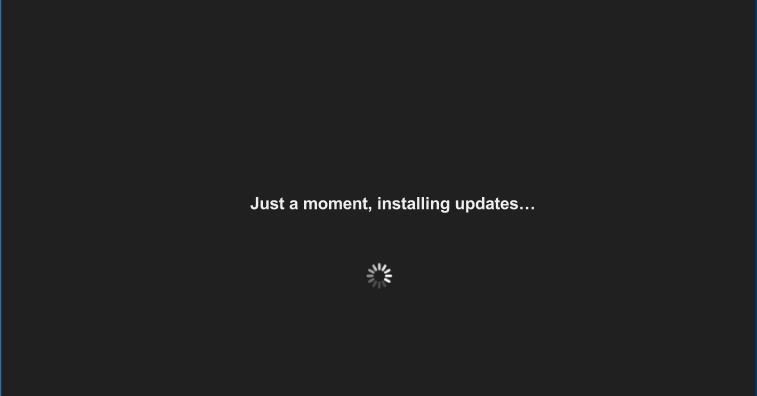All weekend I’ve been hacking on PackageKit and systemd to be able to have a GNOME 3.6 user experience that looks like the new update mockups.
So what’s the plan?
- gnome-settings-daemon will automatically prepare the transaction using PackageKit downloading all packages (either all, or just security updates) and deps which in turns creates a /var/lib/PackageKit/prepared-update file when ready [works]
- If /var/lib/PackageKit/prepared-update exists then gnome-shell will show a “Restart and install updates” option, that if clicked will call pkexec pk-trigger-offline-update which creates /system-update and the session is rebooted [needs gnome-shell patch]
- On next boot, if /system-update exists, then the systemd generator starts system-update.target which in turn starts packagekit-offline-update.service, which in turn makes PackageKit run the prepared update transaction. On error, /system-update is removed, and on success both /system-update and /var/lib/PackageKit/prepared-update are removed. [works]
- Plymouth will show a package icon (or something) with a widget that fills up as the transactions are processed (0 to 100%) [needs-work]
- Plymouth will show a message after the updates are applied like “Rebooting after installing updates” [needs-work]
- Show a message at next boot if the offline update succeeded or failed [working-on-right-now]
So why bother with all this?
- Installing updates while the session is running causes havoc with some apps like firefox that have file resources that have not been locked (just try updating xulrunner when firefox or thunderbird is open…)
- Installing library updates when apps are running against the old copies means the processed need to be restarted (gnome-session, sshd, etc) before the changes are in effect (for all users logged into the machine)
- Installing core OS updates and doing OS upgrades in the running session works for most people most of the time, and then when it fails it destroys your system completely with no way to recover
- Using a minimal pre-boot environment we can snapshot the system before we update the OS and afterwards (requires btrfs or something else)
- Using a fresh pre-boot environment means we can easily check OS sanity before we start updating core bits of the OS, without lots of additional processes running.
Of course, we’ll still support updating applications in the session for GNOME 3.6 (as long as they are not running) just not the core OS bits. Comments, as always, welcome.



